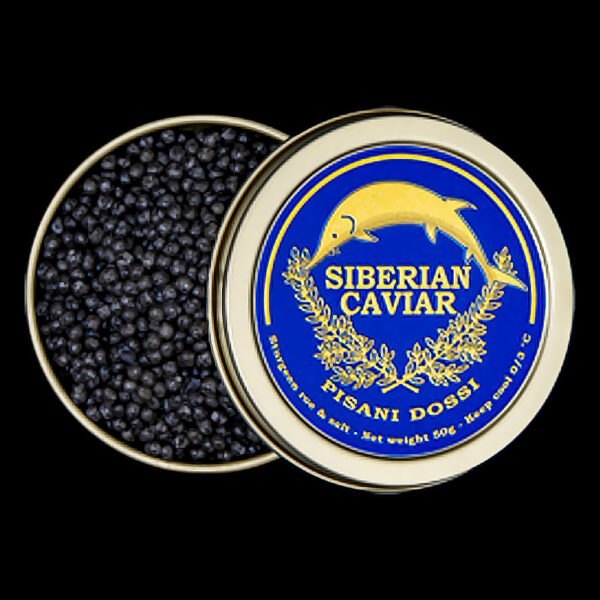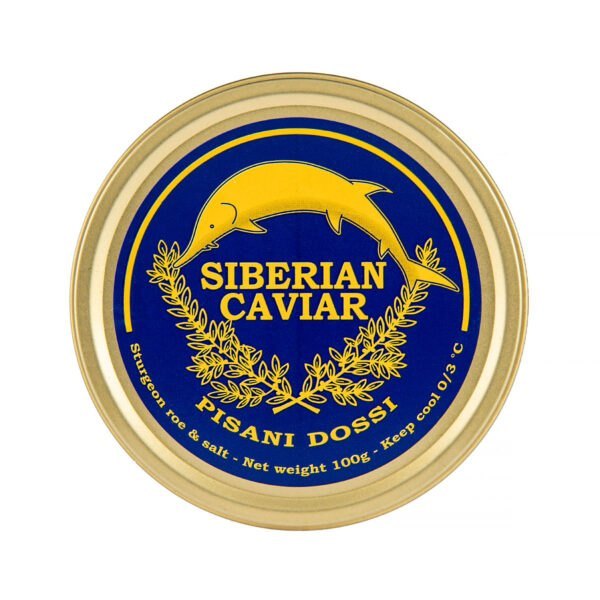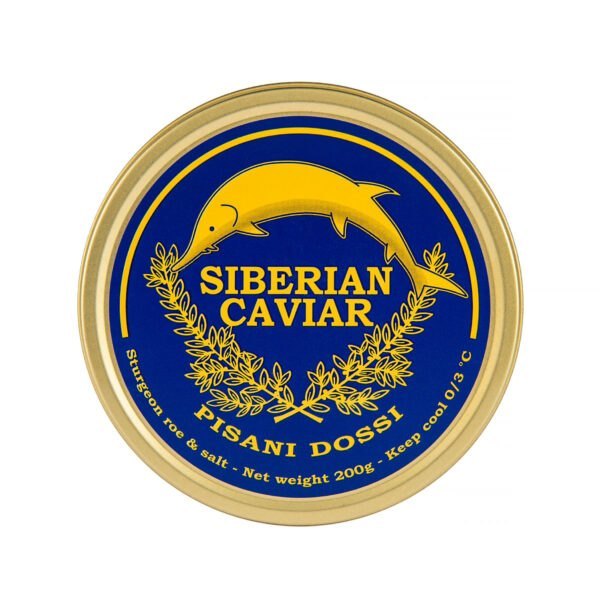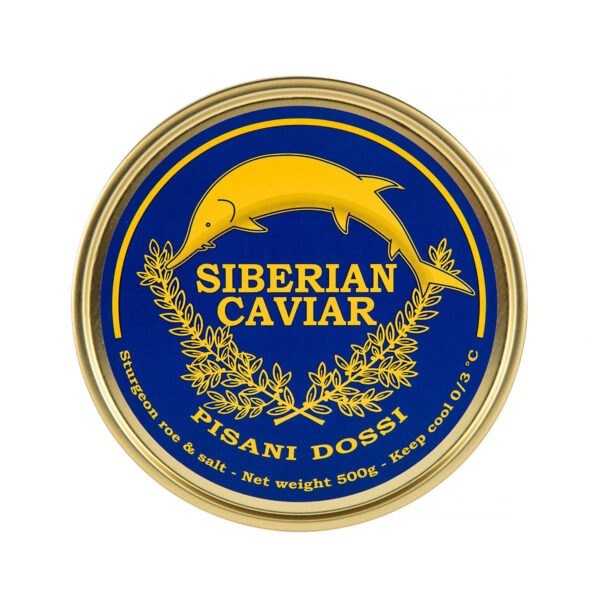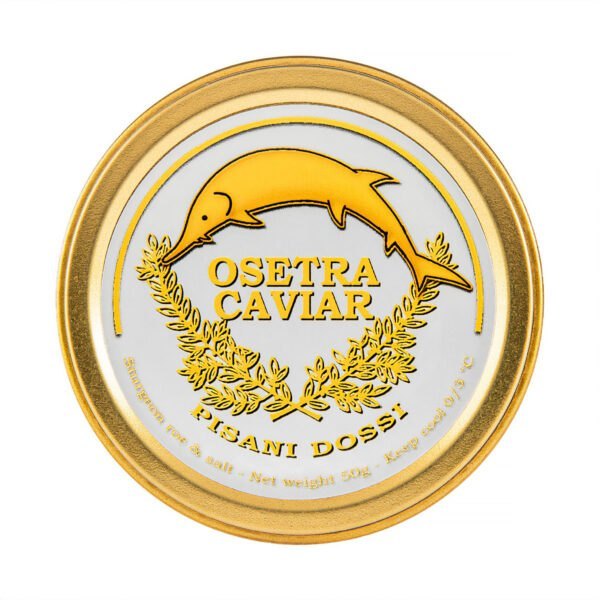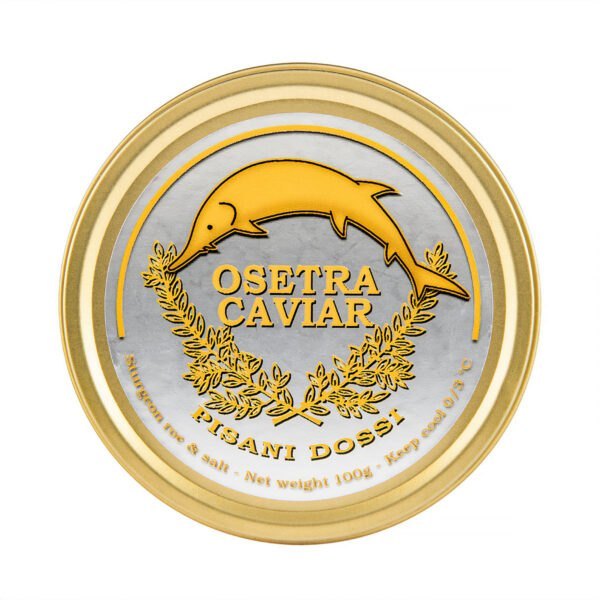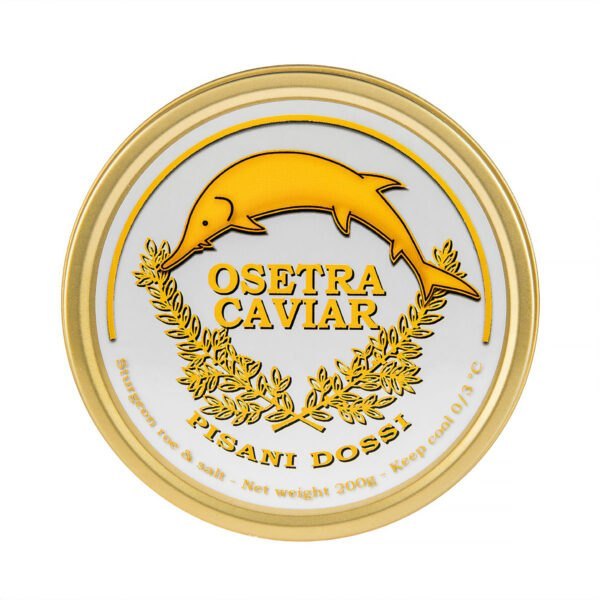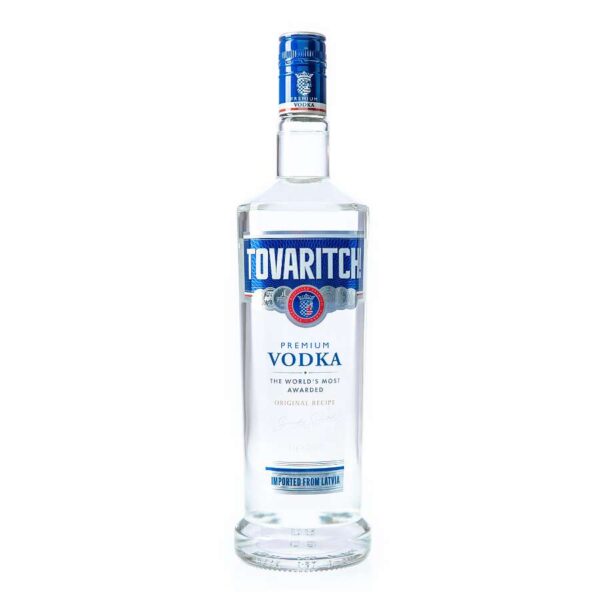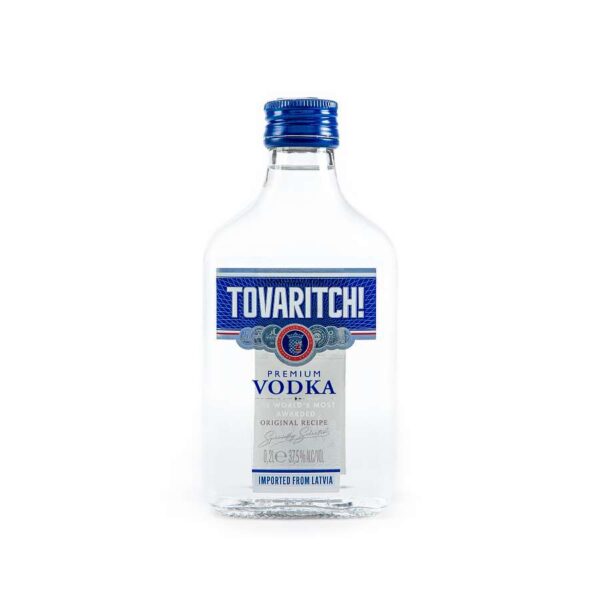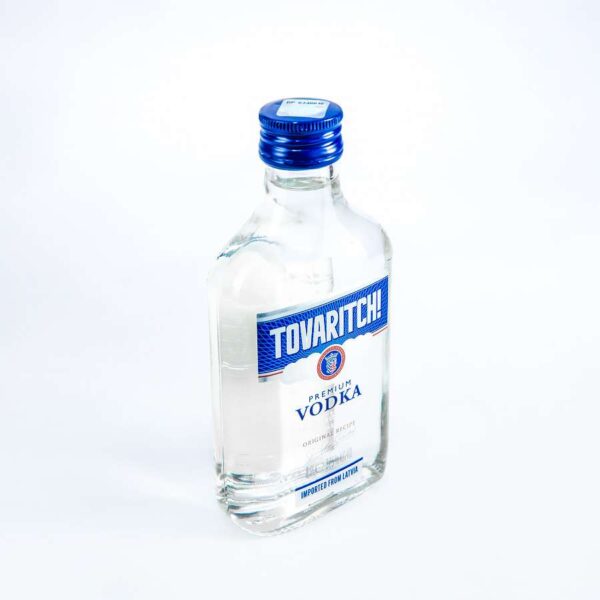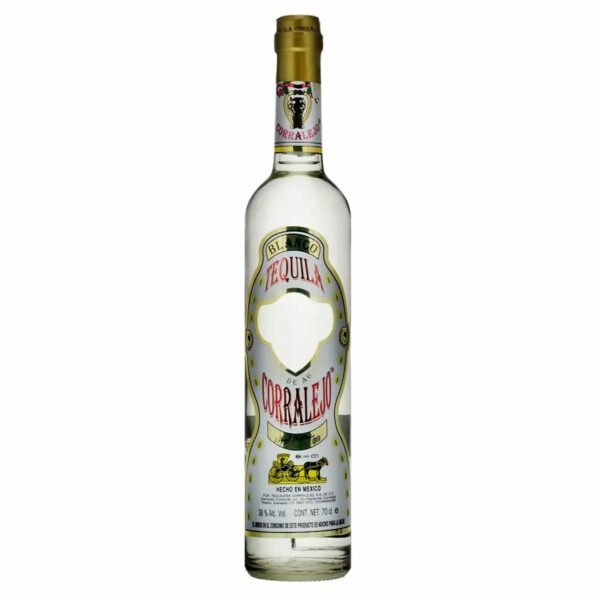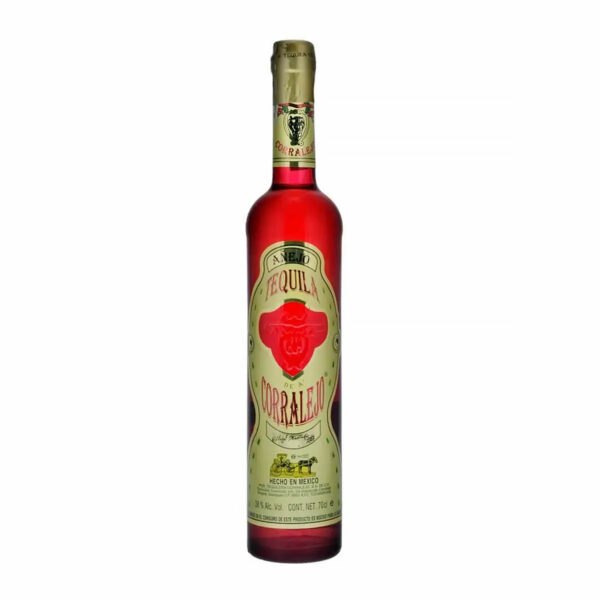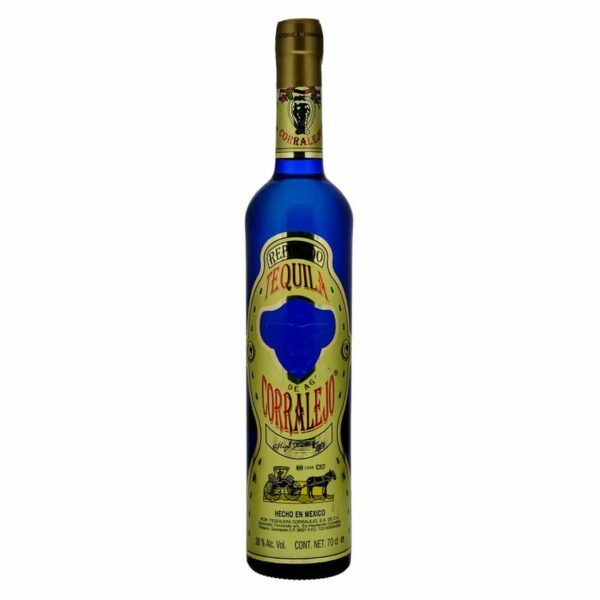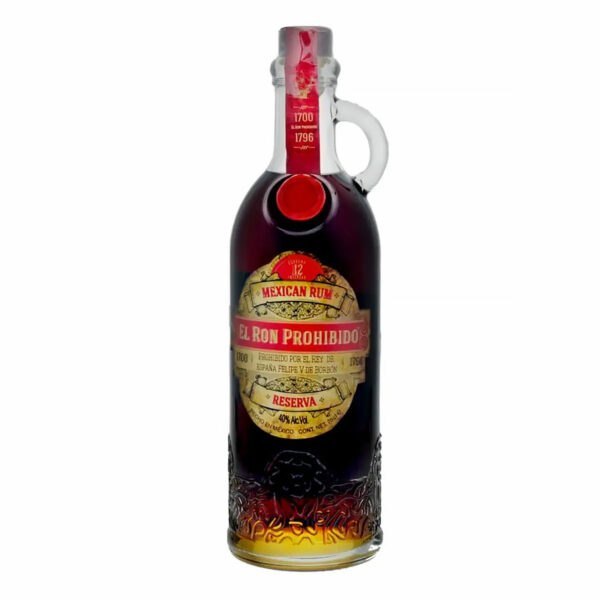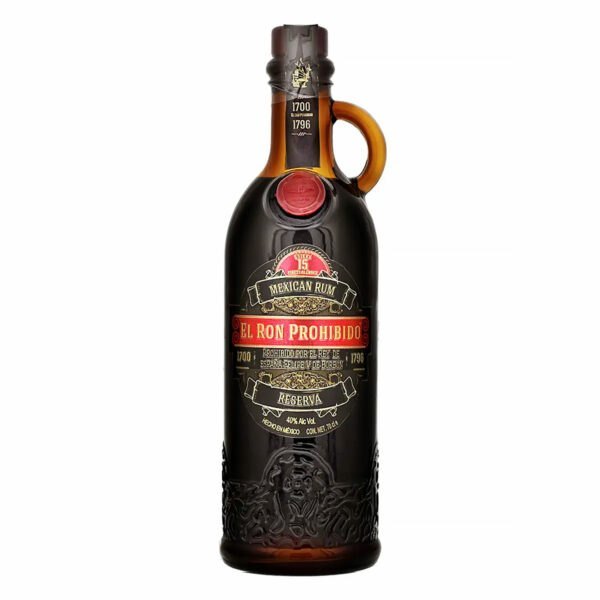Fresh black caviar stands as one of the world’s most luxurious delicacies, bringing elegance and sophistication to any dinner party. The timing of serving this exquisite treat can make a significant difference in how guests experience its rich, nuanced flavors. Black caviar from sturgeon, particularly Osetra caviar, ranks among the highest quality available, known for its firm texture and nutty taste profile. Serving this delicacy requires careful timing and presentation to showcase its full flavor potential.
The best time to serve fresh black caviar at a dinner party is typically at the start of the meal as an appetizer, when guests’ palates are clean and most receptive to its subtle flavors. Temperature plays a key role in the serving process – caviar should be chilled but not frozen, ideally between 26-35°F (-3 to 2°C). This temperature range helps maintain the caviar’s texture while allowing its complex flavor notes to develop fully.
Seasonal factors also influence the caviar experience. While traditionally harvested in colder months, modern farming methods have made high-quality caviar available year-round. Still, spring and summer months often feature the freshest caviar, as these seasons follow the natural harvesting cycle. For dinner parties, serving caviar about 15-20 minutes after removing it from refrigeration allows it to reach the perfect temperature for tasting, creating a memorable start to an elegant evening.
Serving black caviar as an elegant appetizer before dinner
Black caviar makes a stunning first impression when served as an appetizer. This placement in the meal sequence allows guests to fully appreciate its delicate flavors before their palates encounter stronger tastes.
The perfect timing
Serving caviar as the first course creates an atmosphere of luxury and sets high expectations for the meal to follow. The best moment to bring out caviar is after guests have arrived and settled in with their first drinks, but before any other food is served. This timing, about 30-45 minutes into the gathering, allows everyone to be present for this special offering.
For formal dinner parties, caviar works best as the very first bite guests enjoy. For more casual gatherings, serving caviar about 20 minutes before seating guests for the main meal creates a natural transition between the social mingling phase and the seated dinner portion.
Portion considerations
The right amount of caviar makes a significant difference in guest satisfaction. For an appetizer serving, plan for about 14-28 grams (½-1 oz) per person. This amount provides enough for guests to savor the experience without overwhelming their palates or your budget.
Smaller portions work well for larger gatherings, while more generous servings might be appropriate for intimate dinner parties where caviar serves as a featured element of the evening.
Ways to serve caviar as an appetizer:
- Traditional blini presentation with crème fraîche
- Toast points with light butter
- Atop deviled eggs for a luxurious twist
- On small boiled potatoes
- With cucumber rounds for a fresh contrast
Creating the perfect appetizer experience
The presentation of caviar sets the tone for the entire dinner party. When serving as an appetizer, keep accompaniments minimal to highlight the caviar itself. Simple, neutral bases like blinis or toast points provide texture without competing with the caviar’s flavor.
The tradition of serving caviar as an appetizer dates back to Russian imperial banquets, where it signaled to guests that no expense had been spared for their dining pleasure.
Allow guests to build their own caviar bites by arranging accompaniments separately. This interactive element adds to the experience while letting each person adjust flavors to their preference. The visual appeal of a well-arranged caviar service also contributes to the anticipation of the meal to come.
Timing within the meal structure
Caviar should appear early in the evening when guests are most attentive to subtle flavors. Their palates are freshest at the beginning of a meal, making this the ideal time to serve such a delicate food. The rich, briny taste of quality sturgeon caviar provides a perfect opening note that contrasts beautifully with champagne or vodka.
For multi-course dinners, position caviar as either the amuse-bouche or the first formal course. This placement gives it proper prominence while allowing subsequent courses to build upon its luxurious foundation.
Black caviar temperature guide for maximum flavor enjoyment
The temperature at which caviar is served dramatically affects its flavor profile, texture, and overall enjoyment. Getting this detail right transforms a good caviar experience into an exceptional one.
The ideal temperature range
Fresh black caviar reveals its full complexity of flavor when served between 26-35°F (-3 to 2°C). This temperature range, slightly colder than a standard refrigerator but not frozen, preserves the delicate texture of each egg while allowing the subtle flavor notes to develop.
For Osetra caviar specifically, experts recommend a slightly narrower range of 28-32°F for optimal taste. At this temperature, the nutty, buttery qualities that make Osetra so prized become more pronounced.
Preparation timeline
Achieving the perfect serving temperature requires planning.
Follow this timeline for best results:
- Store unopened caviar in the coldest part of the refrigerator until about 15-20 minutes before serving.
- Remove the unopened tin and let it rest at room temperature for 10-15 minutes.
- Open the container only when ready to serve.
- Place the opened caviar on a bed of crushed ice for service.
This method allows the caviar to warm slightly from its storage temperature, releasing more aromatic compounds while still maintaining its structural integrity.
Temperature impact on flavor profiles:
- Too cold (below 26°F): Muted flavors, icy texture
- Ideal range (26-35°F): Full flavor development, perfect texture
- Too warm (above 40°F): Overly fishy taste, compromised texture
- Room temperature: Rapid quality decline, safety concerns
Maintaining temperature during service
Once caviar is served, keeping it at the proper temperature becomes crucial, especially for longer dinner parties. The traditional method of placing the caviar container on crushed ice works effectively. For elegant presentation, use a glass or crystal caviar server with a compartment for ice beneath the caviar dish.
For extended service times, refresh the ice bed as needed, but avoid direct contact between the ice and caviar. The goal is to maintain temperature without introducing moisture to the caviar.
Interesting fact: The practice of serving caviar on ice originated in Europe as a way to mask the less-than-fresh flavors that developed during long transportation times from Russia. Today, we use ice primarily for temperature control rather than flavor masking.
Temperature testing methods
Professional caviar servers often use infrared thermometers to verify the perfect serving temperature. For home entertaining, a simple touch test works well – properly chilled caviar should feel cool but not frozen, with eggs that separate easily when touched with a proper non-metallic spoon.
If serving caviar directly from the refrigerator, allow guests to experience how the flavor evolves as it warms slightly. This creates an interesting tasting experience as different flavor notes emerge over time.
Pairing drinks with black caviar at your next dinner gathering
The right beverage pairing elevates the caviar experience, creating harmony between the briny richness of the eggs and the drink’s characteristics. Classic and modern pairings offer hosts many options for creating memorable combinations.
Traditional pairings
Champagne stands as the most celebrated companion to black caviar. The crisp acidity and fine bubbles cleanse the palate between bites, while the wine’s complexity complements the caviar’s richness. Look for Brut (dry) styles with high acidity and minimal oak influence.
Vodka represents the other classic pairing, particularly in Russian tradition. Served ice-cold in small glasses, premium unflavored vodka provides a clean, neutral backdrop that allows the caviar’s flavor to shine. The vodka’s slight alcohol heat contrasts beautifully with the cool, buttery caviar.
Modern alternatives
While traditional pairings remain popular, contemporary hosts often explore broader beverage options:
- Dry white wines, particularly unoaked varieties like Chablis or Sancerre
- Sake, especially Junmai Daiginjo varieties with their clean profile
- Dry sherry, whose nutty qualities complement Osetra caviar
- Premium mineral water for non-alcoholic options
The key to successful pairing lies in avoiding beverages that overwhelm the caviar’s subtle flavors. Sweet drinks, tannic red wines, and strongly flavored cocktails generally clash with caviar’s delicate profile.
Beverage serving temperatures for caviar pairings:
- Champagne: 45-48°F (7-9°C)
- Vodka: 32-36°F (0-2°C)
- White wine: 45-50°F (7-10°C)
- Sake: 50°F (10°C)
- Mineral water: 40-45°F (4-7°C)
Different sturgeon caviars benefit from specific beverage pairings. Osetra caviar, with its nutty, buttery profile, pairs exceptionally well with vintage champagne or aged sake. The complex flavor development in these beverages matches Osetra’s sophisticated taste profile.
Interesting fact: The tradition of pairing vodka with caviar began as a practical matter – in pre-refrigeration times, the alcohol helped preserve the freshness of the caviar during long Russian winters.
For Siberian sturgeon caviar, which typically offers a cleaner, more mineral-forward taste, crisp white wines or premium vodka make ideal companions. The cleaner flavor profile of this caviar type allows for slightly more versatile pairing options.
Creating a caviar and beverage tasting flight
For an engaging dinner party activity, consider creating a tasting flight that pairs different caviars with complementary beverages. This approach allows guests to experience how various combinations enhance or contrast with each other. Provide small tasting cards explaining each pairing to add an educational element to the experience.
Timing the beverage service with the caviar course requires attention. Have drinks chilled and ready to pour just before the caviar appears, ensuring both elements are at their optimal temperatures when enjoyed together.
Premium black caviar without preservatives at PremiumCaviar Shop
PremiumCaviar stands as a distinguished purveyor of exceptional sturgeon caviar, focusing on preservative-free products that deliver authentic taste experiences. Their commitment to quality and sustainability has established them as a trusted source for caviar connoisseurs.
About PremiumCaviar
Founded with a passion for fine caviar, PremiumCaviar has built its reputation on sourcing the highest quality sturgeon roe from sustainable farms. The company specializes in preservative-free caviar, allowing customers to experience the pure, unadulterated flavors of this luxury food.
PremiumCaviar maintains strict quality control standards throughout their supply chain. Each batch undergoes careful selection and grading to ensure consistent excellence. This attention to detail results in caviar with superior texture, appearance, and taste profiles.
The company’s philosophy centers on making premium caviar accessible to both experienced connoisseurs and newcomers to this delicacy. Their expert team provides guidance on selection, serving, and pairing to enhance the customer experience.
Premium Siberian Sturgeon Black Caviar
The Siberian sturgeon (Acipenser baerii) produces one of the most versatile and widely appreciated caviars available today. PremiumCaviar’s Siberian sturgeon offerings feature medium-sized eggs with a distinctive dark gray to black color.
The flavor profile of their Siberian sturgeon caviar presents a clean, mineral-forward taste with subtle buttery notes and a mild, pleasant finish. This makes it an excellent introduction to premium caviar for those new to the experience, while still satisfying seasoned caviar enthusiasts.
Key characteristics of PremiumCaviar’s Siberian sturgeon caviar:
- Egg size: Medium (2.5-2.8mm)
- Color: Dark gray to black
- Texture: Firm with gentle pop
- Flavor notes: Clean, buttery, mild salinity
- Best serving temperature: 28-32°F
- Shelf life: Superior freshness when consumed within 4-6 weeks of production
Premium Siberian Sturgeon Black Caviar
Premium Siberian Sturgeon fresh black caviar 50gr. Pisani Dossi
Premium Siberian Sturgeon fresh black caviar 100gr. Pisani Dossi
Premium Osetra Black Caviar
Osetra caviar (from Acipenser gueldenstaedtii) represents one of the most prized varieties in the world. PremiumCaviar’s Osetra selection features larger eggs with colors ranging from dark brown to golden amber, often with a distinctive golden sheen.
The taste profile of their Osetra caviar delivers a rich, nutty flavor with complex butter and hazelnut notes. The eggs offer a firm texture with a satisfying pop, releasing a long, clean finish that lingers pleasantly on the palate.
Premium Osetra Black Caviar
Premium Osetra fresh black caviar 50gr. Pisani Dossi
Premium Osetra fresh black caviar 100gr. Pisani Dossi
Premium Alcohol Selection
Understanding that proper pairing enhances the caviar experience, PremiumCaviar offers a curated selection of premium alcoholic beverages specifically chosen to complement their caviar offerings.
Their collection includes fine champagnes with the crisp acidity and mineral notes that pair beautifully with caviar. Premium vodkas, selected for their smooth, clean profiles, provide the traditional Russian pairing experience. The shop also features selected white wines chosen specifically for their caviar-friendly characteristics.
PremiumCaviar’s experts can recommend specific pairings based on the caviar variety selected, ensuring a harmonious tasting experience that brings out the best qualities in both the caviar and the beverage.
Premium Alcohol
Traditional and modern black caviar presentation techniques
The presentation of black caviar significantly impacts the overall dining experience. Both time-honored traditional methods and contemporary approaches offer distinctive ways to showcase this luxury.
Traditional presentation methods
The Russian tradition of caviar service emphasizes simplicity and temperature control. In this approach, caviar is presented in its original tin or transferred to a glass or crystal bowl shortly before serving. The container is often nestled in a larger bowl of crushed ice to maintain the proper temperature.
Traditional accompaniments are served separately, allowing guests to build their own perfect bite.
These typically include:
- Blinis (small buckwheat pancakes)
- Crème fraîche or sour cream
- Finely chopped hard-boiled eggs (whites and yolks separated)
- Minced onion or shallots
- Lemon wedges
The European approach modifies this slightly by placing greater emphasis on the ice presentation. A special caviar server with a compartment for ice beneath a small glass bowl for the caviar keeps the delicacy properly chilled throughout service.
Contemporary presentation styles
Modern chefs and hosts have developed new presentation techniques that respect caviar’s delicate nature while creating more visually striking displays:
- Glass spoons pre-set with small amounts of caviar and accompaniments
- Caviar “bumps” served on the back of the hand between thumb and index finger
- Artistic plating with caviar as a colorful, textural element
- Interactive stations where guests can create their own caviar combinations
These contemporary approaches often incorporate unexpected serving vessels like oyster shells, small ceramic spoons, or even carved ice blocks for dramatic effect.
Essential tools for proper caviar service:
- Mother-of-pearl, bone, or horn spoons (never metal)
- Glass or crystal caviar server with ice compartment
- Chilled plates for service
- Non-metallic serving implements
- Proper glassware for accompanying beverages
The art of the caviar spoon
The choice of serving utensil plays both practical and ceremonial roles in caviar presentation. Traditional mother-of-pearl spoons prevent any metallic taste from transferring to the delicate eggs. These specialized spoons also signal to guests that they’re about to enjoy something truly special.
Interesting fact: The tradition of using mother-of-pearl spoons dates back centuries and serves a practical purpose – metal spoons can react with caviar’s high salt content, creating an unpleasant metallic taste that ruins the delicate flavor.
For modern presentations, some hosts opt for small wooden or horn spoons, which offer the same non-reactive benefits while providing different aesthetic options. Glass and ceramic spoons have also gained popularity for their clean look and functional benefits.
Creating visual impact
The visual presentation of caviar contributes significantly to the anticipation and enjoyment of this luxury. Black caviar’s distinctive dark pearls create natural visual drama, especially when contrasted with white serving dishes or bright accompaniments.
For maximum impact, consider the lighting where caviar will be served. Soft, warm lighting highlights the subtle color variations in high-quality sturgeon caviar, particularly the golden tones sometimes present in premium Osetra varieties.
Seasonal considerations for serving fresh black caviar
While modern aquaculture has made quality caviar available year-round, certain seasonal factors still influence the caviar experience. Understanding these considerations helps hosts select and serve the finest product regardless of when their dinner party occurs.
Traditional caviar seasons
Historically, caviar followed strict seasonal availability. Wild sturgeon were typically harvested in colder months when the roe was most developed, making late fall through early spring the traditional caviar season. This timing aligned with many celebration calendars, explaining why caviar became associated with winter holidays and special occasions.
In the natural cycle, sturgeon roe reaches optimal development approximately six months before spawning season. For many species, this creates peak quality during spring and summer months, though this varies by species and location.
Modern availability patterns
Today’s caviar market operates largely independently from natural seasons due to advanced aquaculture techniques. Farm-raised sturgeon can be harvested year-round under controlled conditions, ensuring consistent quality regardless of calendar date.
However, some seasonal patterns remain worth noting:
- Holiday demand (November-December) often depletes premium stock
- Spring often features newly harvested batches with optimal freshness
- Summer parties may require extra attention to temperature control
- Certain producers still follow traditional harvesting schedules
Seasonal factors affecting caviar quality:
- Age since harvesting
- Storage conditions
- Temperature fluctuations during shipping
- Maturation time (varies by producer)
- Preservation methods used
Different seasons may require adjustments to how caviar is served at dinner parties. During warmer months, more frequent refreshing of ice beds helps maintain proper temperature. In winter, caviar may need slightly longer to reach ideal serving temperature after refrigeration.
Interesting fact: Caviar actually undergoes a maturation process similar to fine cheese or wine. Newly harvested caviar has a yogurt-like taste that develops into more complex flavors over 3-18 months, depending on the desired flavor profile and regional preferences.
Seasonal accompaniments can also enhance the caviar experience. Spring herbs like chives pair beautifully with caviar in warmer months, while heartier blinis might be more appropriate for winter gatherings.
Planning for seasonal availability
For hosts planning special dinner parties featuring premium caviar, ordering in advance becomes particularly important during high-demand seasons. The winter holiday period often sees limited availability of the most sought-after varieties, making early reservation advisable.
When planning a caviar service, consider the overall seasonal context of your dinner party. Summer gatherings might benefit from lighter, briefer caviar presentations with minimal accompaniments, while winter dinners might feature more substantial caviar courses with traditional accompaniments.
Conclusion
The art of serving fresh black caviar at a dinner party combines timing, temperature control, and thoughtful presentation to create an unforgettable culinary experience. As an elegant appetizer, caviar sets a tone of luxury and sophistication that elevates any gathering. The optimal serving time – about 15-20 minutes after removing from refrigeration and as the first course of the meal – allows guests to appreciate its subtle flavors with fresh palates.
Temperature management proves crucial for maximum flavor enjoyment, with the ideal range between 26-35°F (-3 to 2°C). This careful attention to temperature preserves both texture and taste, allowing the full complexity of premium sturgeon caviar to shine. Proper beverage pairings further enhance the experience, with champagne and vodka standing as classic choices that cleanse the palate and complement caviar’s rich character.
Quality sources like PremiumCaviar provide exceptional sturgeon and Osetra varieties without preservatives, ensuring an authentic taste experience. Whether presented in traditional style with minimal accompaniments or through modern serving techniques, the visual impact of glistening black pearls creates anticipation and delight. While available year-round through modern aquaculture, understanding seasonal factors helps hosts select the finest product and adapt serving methods appropriately.
By mastering these elements of timing, temperature, pairing, and presentation, hosts can transform a simple caviar service into a memorable highlight of any dinner party. This delicacy, with its rich history and complex flavors, remains one of the most impressive ways to welcome guests and set the stage for an exceptional dining experience.


